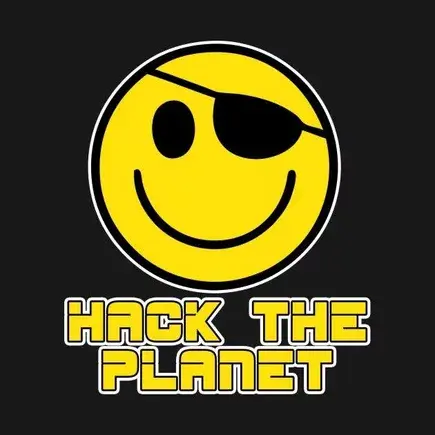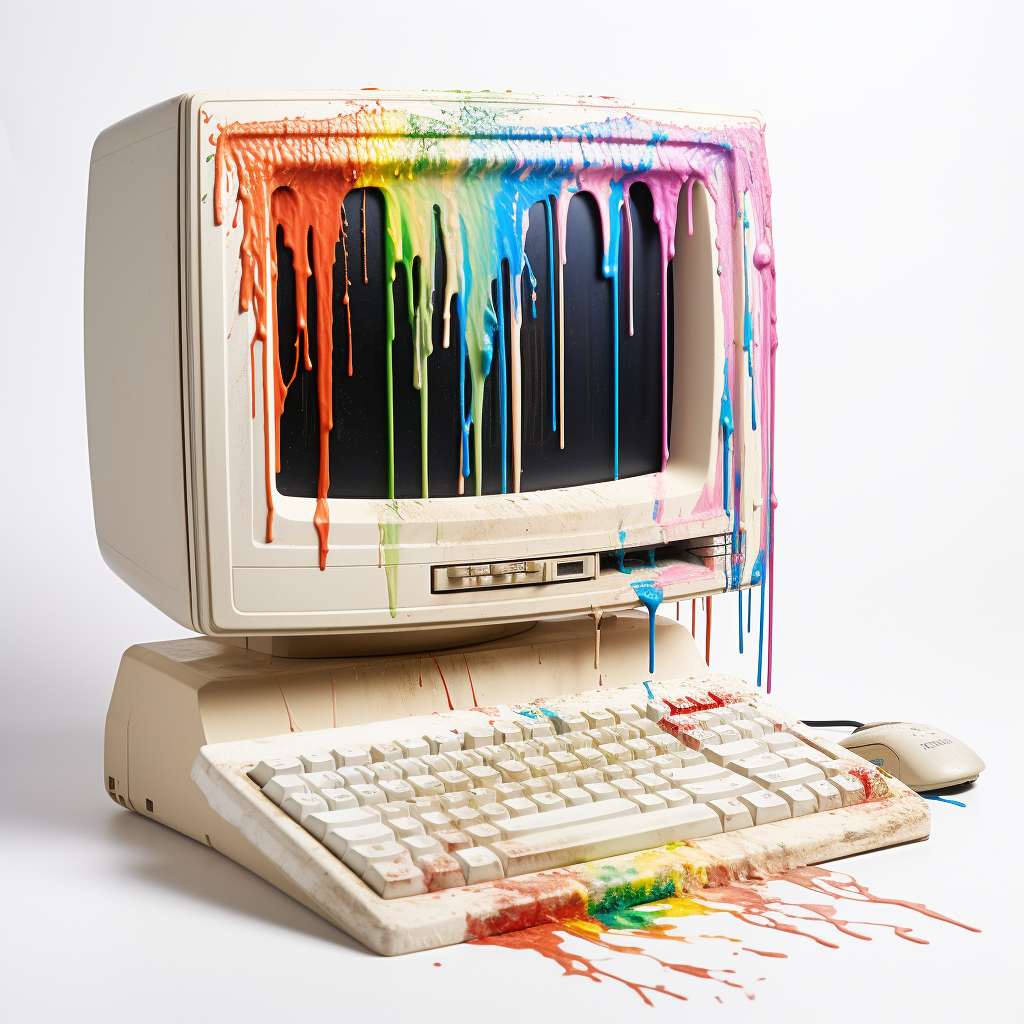Yeah, a TPM is, essentially, a piece of bondage gear. It’s shackles put on you to try and convince someone else of what you can’t do. It has niche applications but it’s not a valid thing to require of the general population.
- 14 Posts
- 410 Comments
Computers have systems (BIOS, EFI, ACPI) that give the people who make the machine responsibility for providing a standard, publicly-defined way for the OS to enumerate the hardware, and to use the hardware in a basic way even if the OS has never heard of it. Linux can get a kernel panic on the screen even if it has no idea what your GPU is, because EFI understands it and Linux understands EFI. It is set up this way partly because there’s a real possibility of hardware being added or removed, partly because people routinely mix and match parts, and partly because IBM mistakenly designed a good system that was easy to work in and not one that kept them in business.
Phones (and phone-derived systems like the Raspberry Pi and other single-board computers) don’t implement a standard. The hardware and its boot process assumes tight integration between the hardware and the software, usually to the point where the bootloader refuses to load anything not signed by the device manufacturer, unless it is satisfied that it has been given that manufacturer’s permission to be unlocked. (Computer secure boot implementations generally trust, for example, Microsoft, as well as the machine owner, who can load their own keys.)
Instead of the CPU developers releasing example EFI implementations, they release forks of the Linux kernel that they maintain as long as that chip is the latest chip they sell, and then fork off the mainline kernel again for their next chip. And the device makers ship devices by starting with the chip maker’s kernel, customizing it for the device, giving it a “device tree” that tells it everything that is supposed to be in that particular device, and shipping it. For a few years they port patches from the current kernel onto this forked kernel, and then they stop. With no standard to develop software against, and no documentation for what’s in a device and how to use it like there is for the standard’s interfaces, the only practical way to run software on a device is to start with that patched kernel.
Mainline Linux refuses to adopt and maintain the chip and device makers’ low-quality, chip-and-board-specific kernel changes (often because they break the kernel for other uses), so you can’t generally use a mainline Linux kernel instead. If you tried to tease out and improve the device-specific patches to the point where mainline Linux would take them, the device would be hopelessly outdated by the time you were done and you would have dozens of job offers to occupy your time as a highly skilled embedded Linux developer. The work is not practical given the tiny number of people who would benefit from it for a particular device, and how little it pays off compared to just buying a new device with a more up to date forked kernel available.
“Maintaining” a device for LineageOS or other open software eventually collapses under the weight of mainline Linux’s changes and the necessary chip and device maker patches no longer being practically reconcileable.
I don’t think this is going to change the overall situation, it’s just a single point new system requirement, like the plausible GPU was for Vista.
Now, if they start expiring the old TPMs every few years, and Windows 12 needs a TPM 4.0 or something, then this will change the overall situation. At least on the Windows side.

 2·26 days ago
2·26 days ago“hanging with the bad crow"
That’s my favorite Sonic mission.

 4·26 days ago
4·26 days agoEtsy IIRC is not meant to be a general marketplace: it’s meant to be for handmade or flea-market vintage type stuff.
They then have to turn that into hard rules, and one of them is you can’t just manufacture stuff and turn around and sell it: manufactured stuff has to be old enough, and I think they have a particular year.
3D printing is a lot like manufacturing, and a little like making by hand. The more people use it like manufacturing, the less Etsy will want to have it.
X11 was never great.
(Like seriously, it’s nothing but config files you have to edit from the local console shell and and proprietary stuff from nvidia that misbehaves, all the way down. Always has been.)

 1·1 month ago
1·1 month agoI think to test it you’d need to do some kind of comprehensive analysis, something like a big spreadsheet of a convincingly unbiased sampling of states (or states-at-points-in-time), evaluated for libertarianism-vs-authoritarianism. But you’d need to have a way to distinguish whether differences between states were caused by inherent per-state effects (or by more mechanistic runs-with-the-state traits, like “having a written constitution” or “being a monarchy”), or by “circumstances”. So you’d need a way to measure plausibly-causitive circumstances and then see how much of the variance they explained.
It’d be a big project and hard to do in a controlled way across a large enough sample, but if you sent enough history grad students out to rate things like “worker organization” in 1925 Germany and “protections for human rights in constitutional law” in 1975 New Zealand on 5-point scales, you might be able to get a data set that could answer this question.

 22·1 month ago
22·1 month agoThere aren’t really degrees of authoritarian or libertarian in a state, just what circumstances the system finds itself in.
This sounds like that rare thing in political science: a falsifiable assertion. Do you happen to know if anyone has tested it?

 45·1 month ago
45·1 month agoThere were also “no girls on the Internet”. Everything was gatekept, every space was some sysop’s petty feifdom. Racism ran rampant, so pervasive as to be almost invisible.
It wasn’t uniformly better.
We can’t, and shouldn’t go back. Ever forward.

 2·2 months ago
2·2 months agoNice try, phone thieves.

 2·6 months ago
2·6 months agoIt works on some devices; they do sign the builds as far as I can tell. But the bootloader itself needs to be convinceable to trust the LOS signatures, and needs to understand the secure boot implementation used in the Android that the current LOS is built from (since Android has re-done it all a few times). Nobody knows anything about bootloaders to figure out which of them can do this or how they would be induced to do it.

 1·6 months ago
1·6 months agoqsnc is a gentleperson and a scholar
You don’t need an Invidious instance to back FreeTube. You can set it to local mode to just talk to YouTube from your IP, or to operate through a proxy.
You can print out QR codes to Rick Astley videos.

 5·6 months ago
5·6 months agoThank you, I love to see these memes of production.

 16·6 months ago
16·6 months agoI wouldn’t recommend linking to it because IIRC it’s one of those web sites that can’t actually be relied on to serve the thing you linked to to the person who clicks the link. Instead it likes to serve complaints that they don’t have an account, kind of like Instagram.

 2·6 months ago
2·6 months agoships 320 security vulnerabilities
still a company

 1·7 months ago
1·7 months agoThat’s not allowed on Wikipedia, you have to use verifiable information from reliable secondary sources instead.

 1·7 months ago
1·7 months agoSo you would have to pair this with a switch that not only does VLANs but also somehow does your NAT for you.










How did that happen?